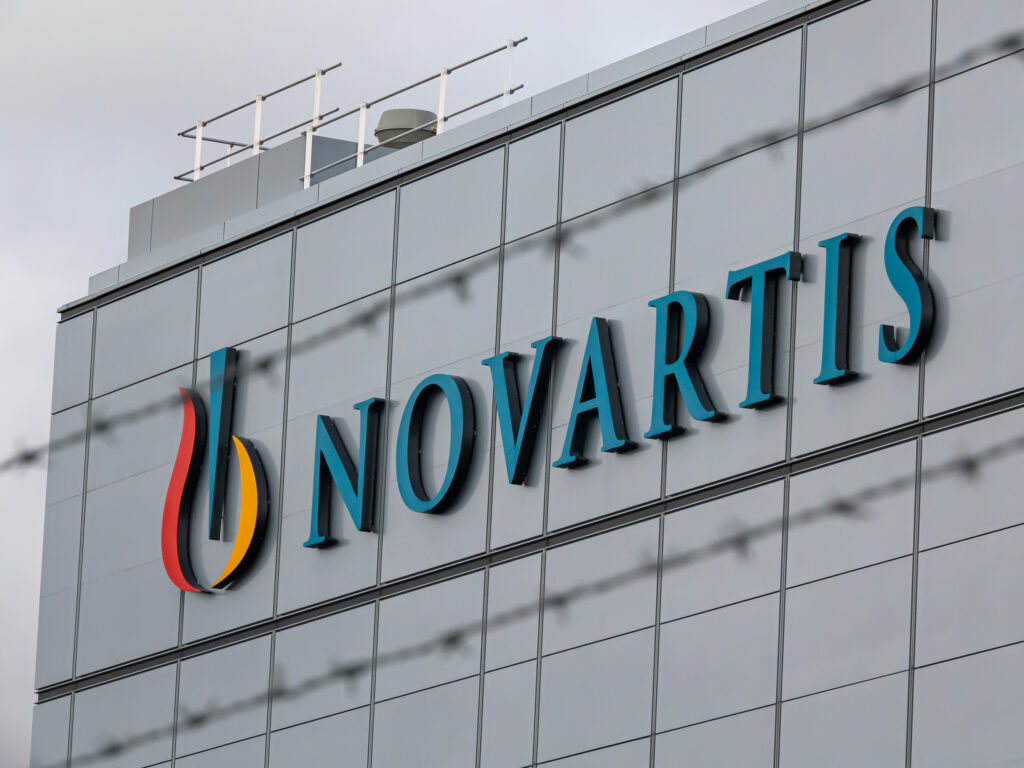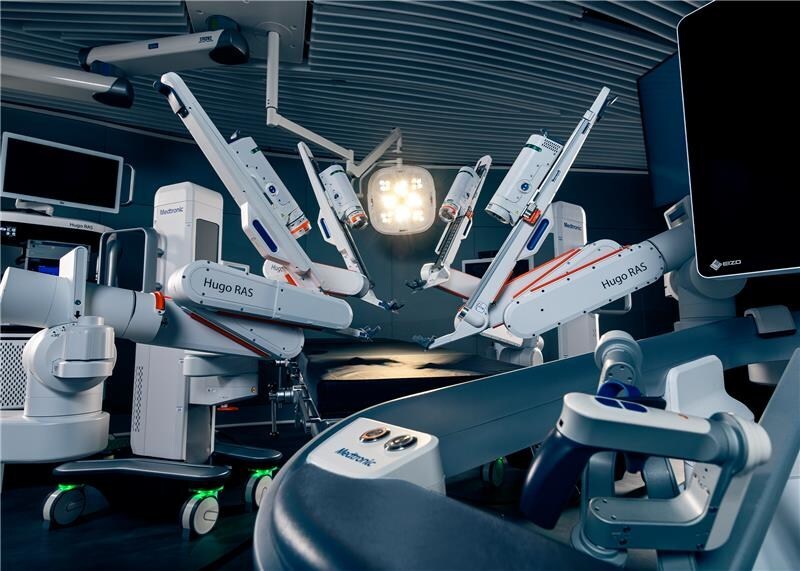Novartis announced it has broken ground on the construction of two new radioligand therapy manufacturing facilities in the US. The facilities are part of the company’s plans to expand its manufacturing and supply chain capabilities.
Novartis is investing $200 million into expanding its Indianapolis, Indiana, site for in-house production of radioisotopes and constructing a brand new one in Carlsbad, California.
The Indianapolis facility will be the first isotope production facility owned by Novartis in the US. For the international market, Novartis will continue to partner with external isotope suppliers.
In a press release announcing the new sites, Novartis said it is also planning for a third site in the US “to support expanded use of radioligand therapies, create resiliency in its manufacturing network and optimize the delivery of medicines to patients on the West Coast.”
Novartis said the new facilities represent the company’s continued investment in developing a robust infrastructure to support the expanding use of radioligand therapies to treat cancer.
XTALKS WEBINAR: Transforming Oncology Drug Development: Insights from Healthcare Providers on the Frontlines of Cancer Care
Live and On-Demand: Friday, October 4, 2024, at 11am EDT (4pm BST/UK)
Register for this free webinar to understand what treatment modalities and research are capturing the attention of oncologists and healthcare professionals in oncology drug development.
Isotopes produced in the new arm of the Indianapolis facility will be used to manufacture Novartis’ two radioligand therapies, Pluvicto (lutetium Lu 177 vipivotide tetraxetan) and Lutathera (lutetium Lu 177 dotatate), as well as investigational radioligand therapies in Novartis’ pipeline.
Pluvicto is used for the treatment of adult patients with prostate-specific membrane antigen (PSMA)-positive metastatic castration-resistant prostate cancer (mCRPC) who have been treated with androgen receptor (AR) pathway inhibition and taxane-based chemotherapy.
Lutathera is used to treat adults and children aged 12 years and older with gastroenteropancreatic neuroendocrine tumors (GEP-NETs) that are positive for the hormone receptor somatostatin, including GEP-NETs in the foregut, midgut and hindgut.
The company also said its early- and late-stage pipeline has several programs in or entering the clinic, as well as other preclinical and discovery programs to identify the next generation of radioligand therapies for treating additional cancer types beyond prostate and neuroendocrine tumors.
Novartis’ plans for the in-house production of isotopes come amid a global shortage of certain nuclear elements. Earlier this year, Bristol Myers Squibb (BMS) paused enrollment in a Phase III study of RYZ101 due to a shortage of the alpha-emitting isotope actinium-225. The radioligand therapy was the featured asset in Bristol Myers Squibb’s $4.1 billion acquisition of RayzeBio.
Novartis said it was the first to scale the availability of radioligand therapies in the market across different cancer types with Pluvicto.
“Novartis pioneered the adoption at scale of radioligand therapies across different indications as a targeted approach to treat cancers,” said Victor Bultó, president, US, Novartis, in the press release. “Building on this experience and knowledge, we are confident in the potential of radioligand therapies to meaningfully benefit many more patients affected by different types of cancer in the future. We are investing in our supply chain capabilities today to ensure that we are prepared to consistently deliver these complex treatments to the growing number of eligible patients in the long term.”
Regulatory approvals and qualifications of the new facilities are expected to be completed by 2026.
Novartis also said both facilities will be built with room for further expansion.
Related: FDA’s New Rare Disease Innovation Hub to Elevate Patient Care
Outside of the US, Novartis operates radiotherapy facilities in Ivrea, Italy, and Zaragoza, Spain. The company is currently constructing a facility in China and is also planning for one in Japan.
Pluvicto received US Food and Drug Administration (FDA) approval in 2022 and in its first full year on the market, generated $980 million in 2023, growing 53 percent over the previous year but still falling short of expectations. Nevertheless, Novartis still believes the drug is on track to achieving blockbuster status.
Meanwhile, Lutathera, which was approved in 2018 as the first peptide receptor radionuclide therapy, brought in $605 million in 2023, an increase of 13 percent compared to the same time in the previous year. At the beginning of the year, Novartis shared new trial data supporting its use as a first-line treatment for grade 2 or 3 advanced GEP-NET, which could unlock a billion-dollar market potential.
If you want your company to be featured on Xtalks.com, please email [email protected].












Join or login to leave a comment
JOIN LOGIN